
Rosmarinus officinalis Prostratus Prostrate Rosemary
Scientific: Rosmarinus officinalis (Synonym: Salvia rosmarinus) Common: rosemary. 'Prostratus' is a prostrate cultivar to 8-feet wide by 2- to 3-feet tall. `Irene' on the other hand is a cultivar introduced in 1996 in central California and grows only 12- to 24-inches tall, great as edging plant. For use as a landscape ground cover, plant.
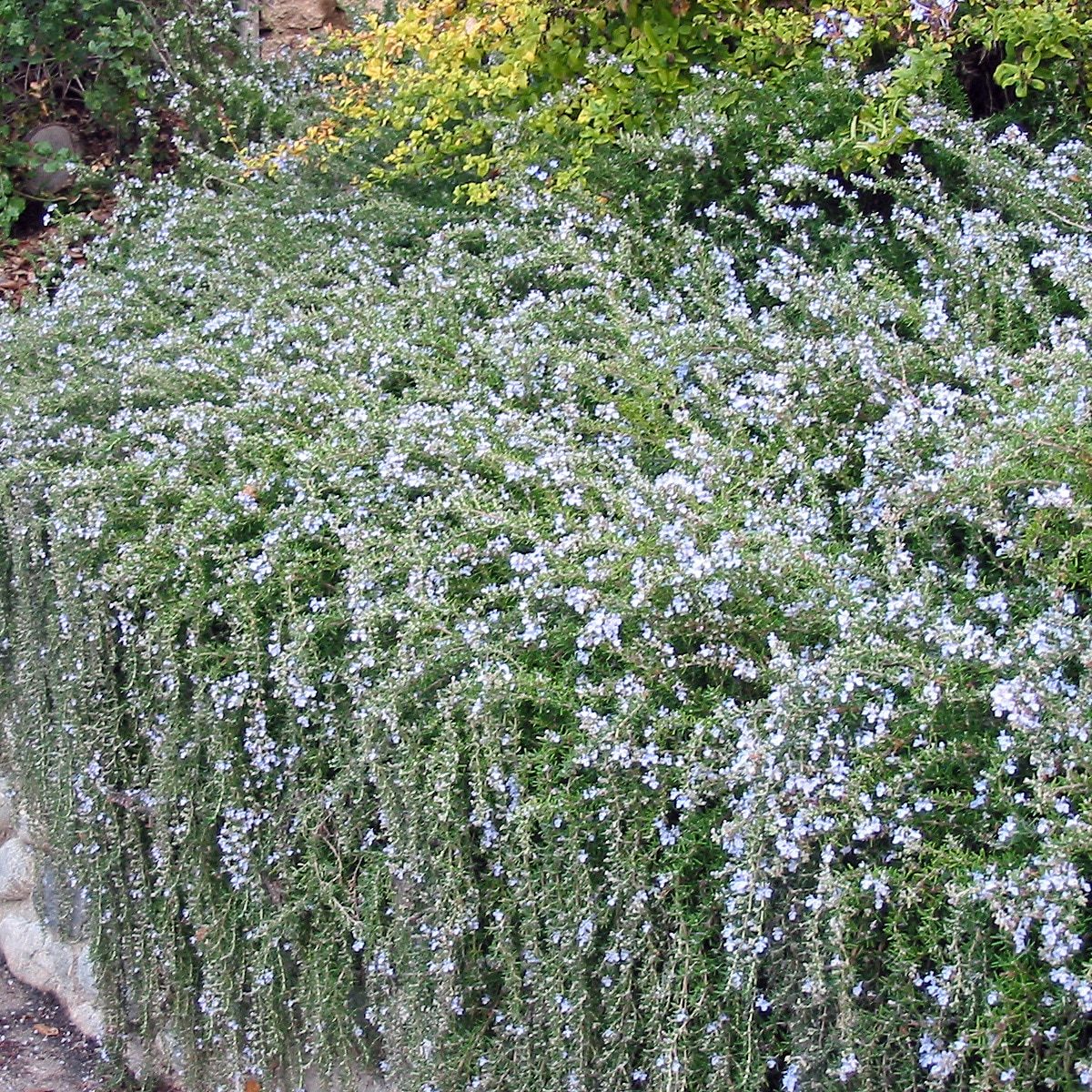
Rosmarinus officinalis “Prostratus” Vivero Pullally
Rosmarinus officinalis 'Prostratus' Description Download Share There are now many exciting cultivars of the Mediterranean rosemary to be found in nurseries and garden centers. R. o. 'Prostratus' has been in the trade for many decades and has proven to be tough and reliable under many landscape conditions.
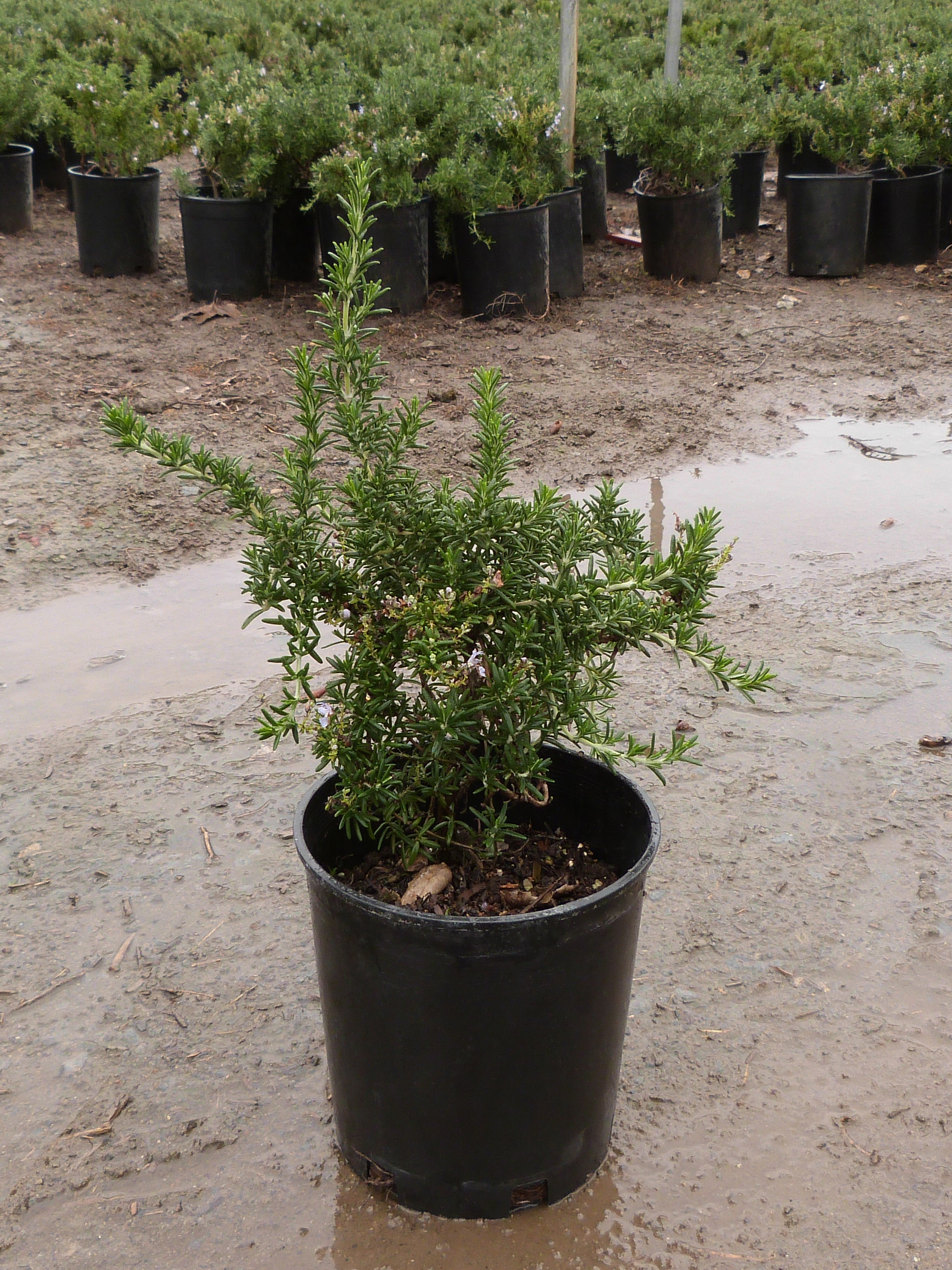
1g Rosmarinus officinalis 'Prostratus' TY Nursery
last updated July 27, 2022 Rosmarinus officinalis is the herbal rosemary that most of us are familiar with, but if you add "prostratus" to the name you have creeping rosemary. It is in the same family, Lamiaceae, or mint, but has a broader growth habit and may be used as an elegant groundcover.
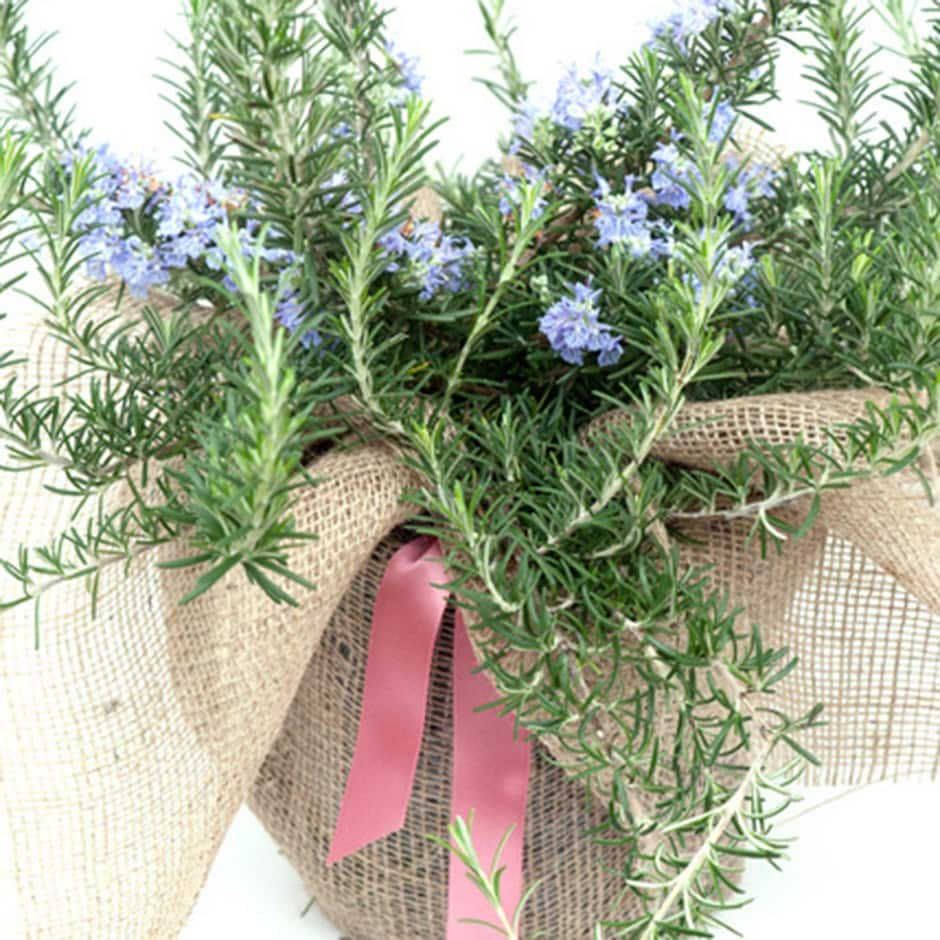
Buy rosemary / Rosmarinus officinalis Prostratus Group Rosmarinus officinalis Prostratus Group
Trailing Rosemary. Trailing Rosemary is a great choice when you are looking for a solid, not too tall, evergreen for full sun. Small blue flower will appear in early spring and continue until mid summer. The plant smells amazing, and can be readily used for cooking purposes. Freshly picked rosemary with baked potatoes is a real delight.
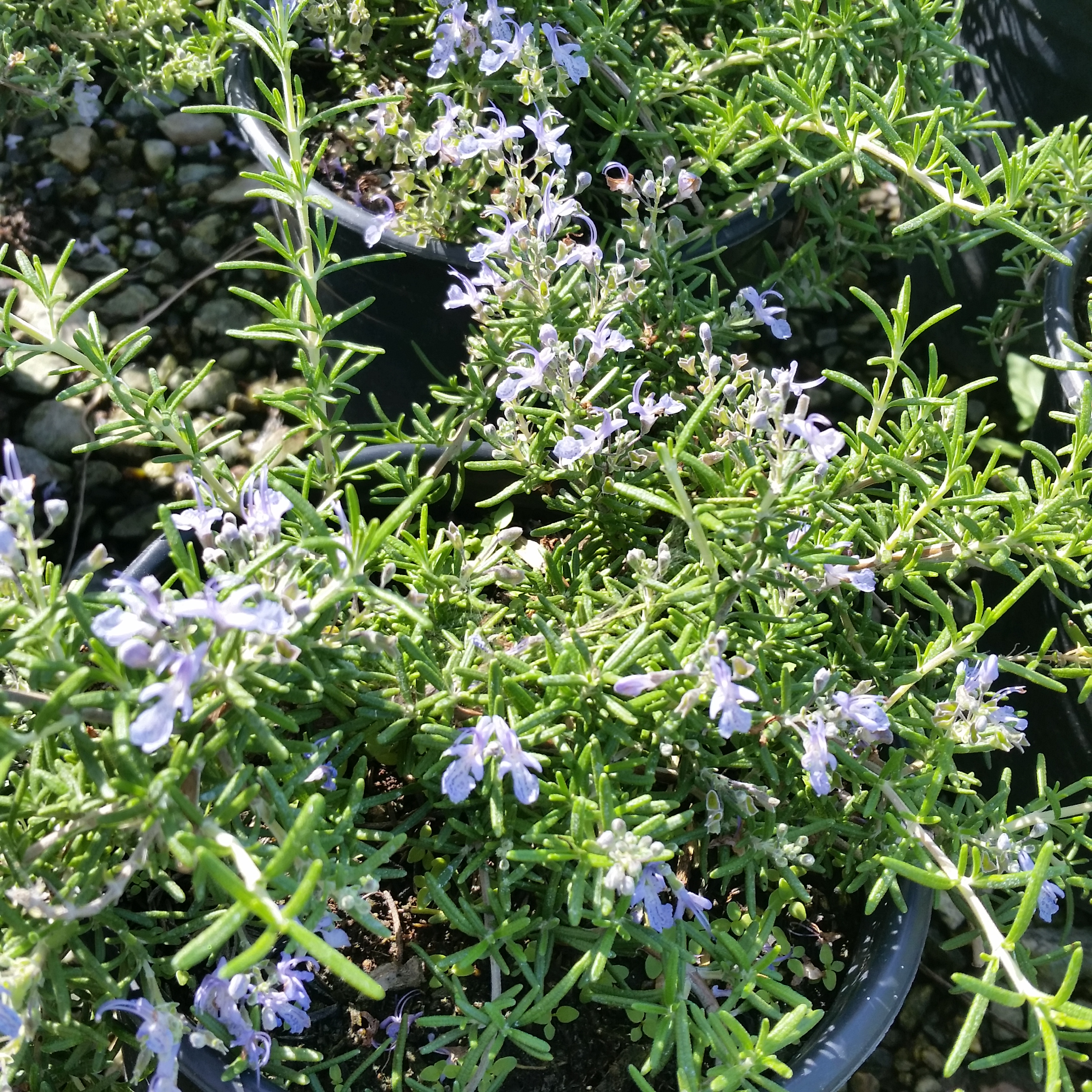
Rosmarinus officinalis 'Prostratus' Creeping Rosemary Mid Valley Trees
Common Name: creeping rosemary Type: Broadleaf evergreen Family: Lamiaceae Zone: 8 to 10 Height: 0.50 to 1.00 feet Spread: 2.00 to 3.00 feet Bloom Time: Seasonal bloomer Bloom Description: Lavender-blue Sun: Full sun Water: Dry to medium Maintenance: Medium Suggested Use: Ground Cover, Herb Flower: Showy Leaf: Fragrant Attracts: Butterflies
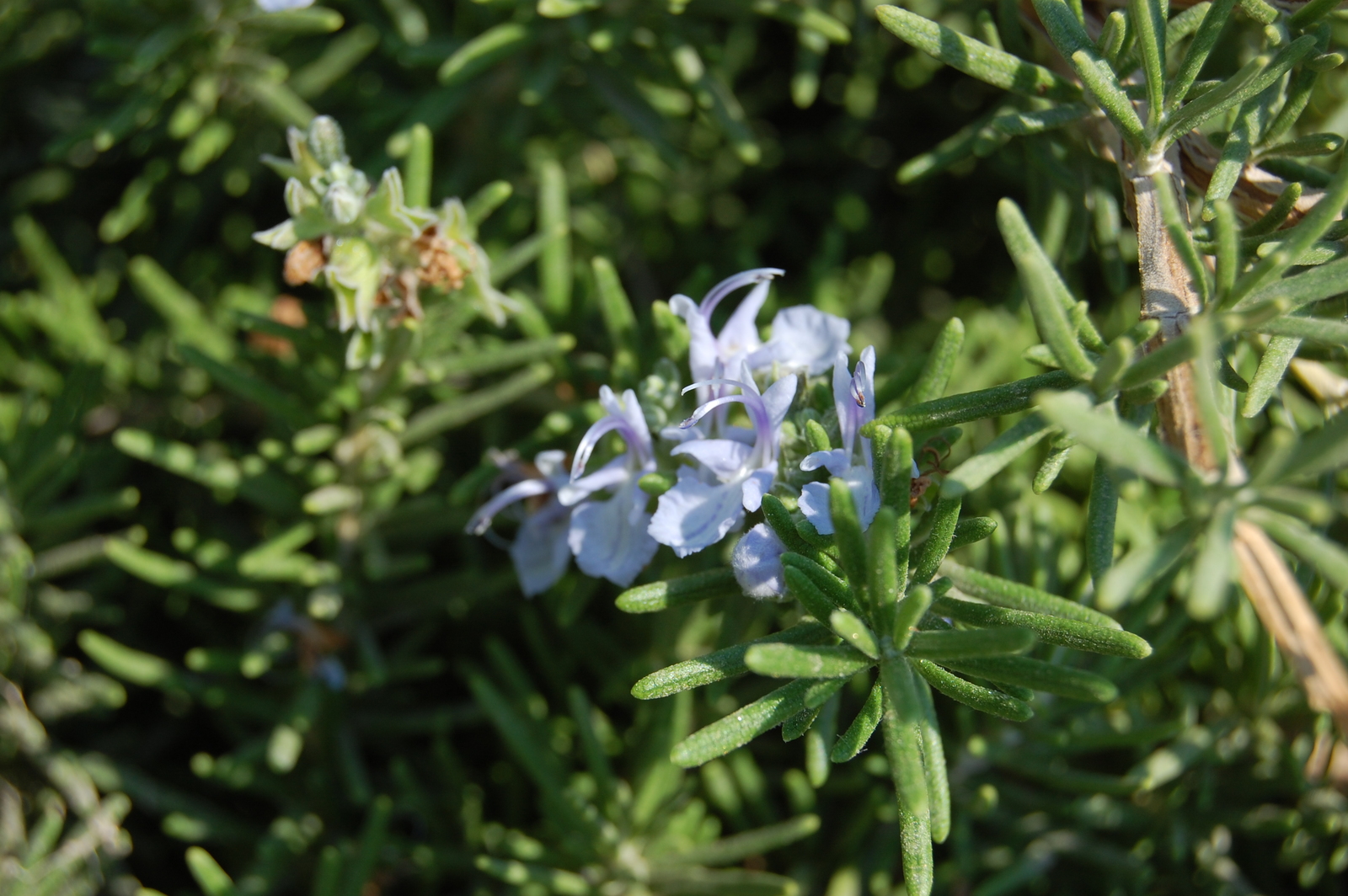
Live Prostrate Rosemary aka Rosmarinus 'Prostratus' Plant Fit 1 Gallon Pot Plants & Seedlings
Native to the dry, rocky areas of the Mediterranean region, Rosemary (Rosmarinus officinalis or Salvia rosmarinus) is a popular aromatic herb commonly grown for its decorative, medicinal, culinary uses, and ornamental garden appeal. Easy to grow and drought-tolerant, Rosemary is a rewarding plant to grow outdoors in the garden or indoors in pots.

Rosmarinus officinalis 'Prostratus'
A key ingredient of a Mediterranean-style garden, Rosmarinus officinalis Prostratus (Creeping Rosemary) is a low-growing and spreading evergreen shrub with strongly aromatic, needle-like leaves, about 2 in (5 cm) long. Clusters of pale blue flowers appear in spring and summer, occasionally in fall.
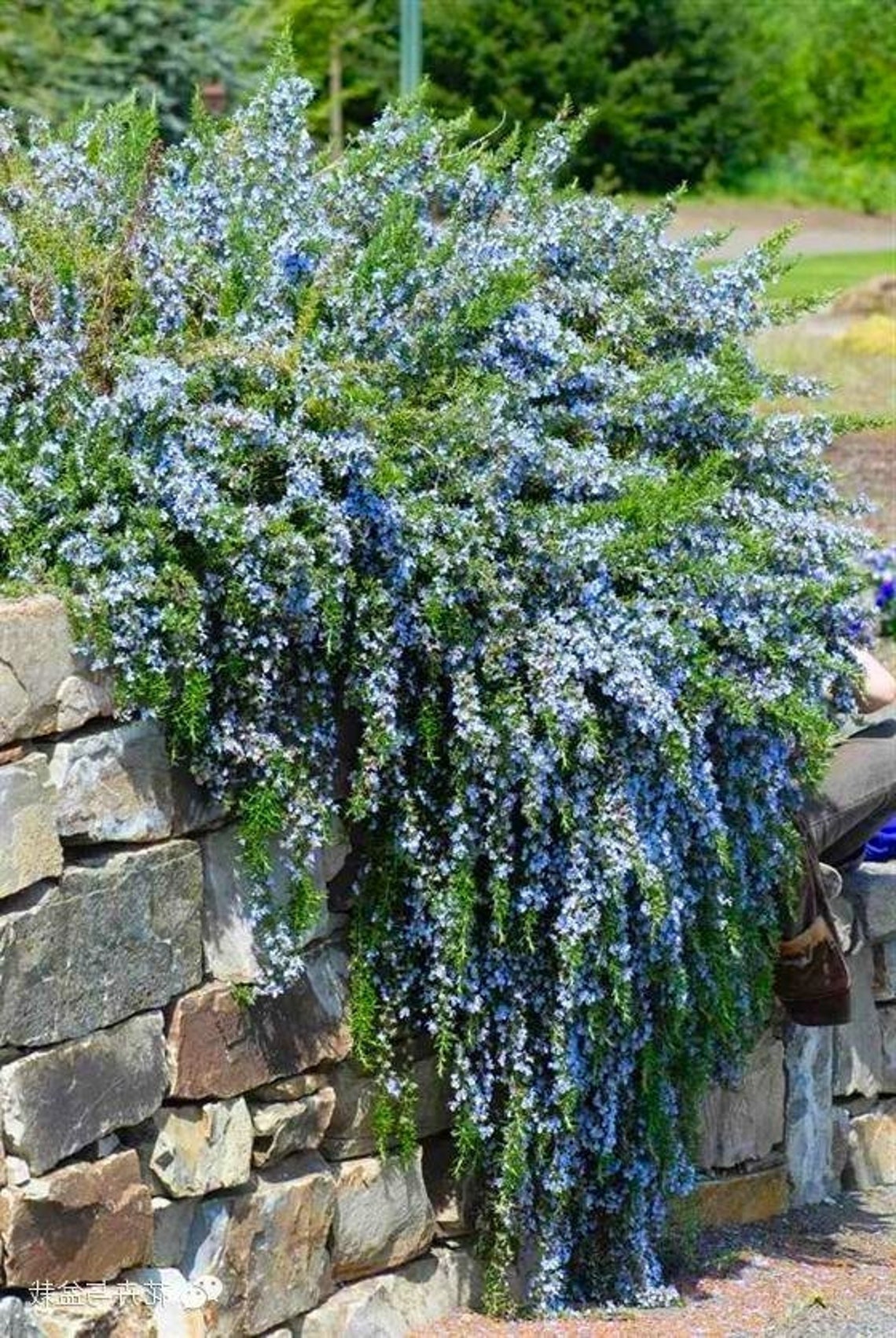
Rosmarinus officinalis prostratus trailing Rosemary Approx Etsy
Description rosemary leaves S. rosmarinus 'Prostratus' Rosemary is an aromatic evergreen shrub with leaves similar to hemlock needles. It is native to the Mediterranean region, [8] but is reasonably hardy in cool climates. Special cultivars like 'Arp' can withstand winter temperatures down to about −20 °C (−4 °F). [9]
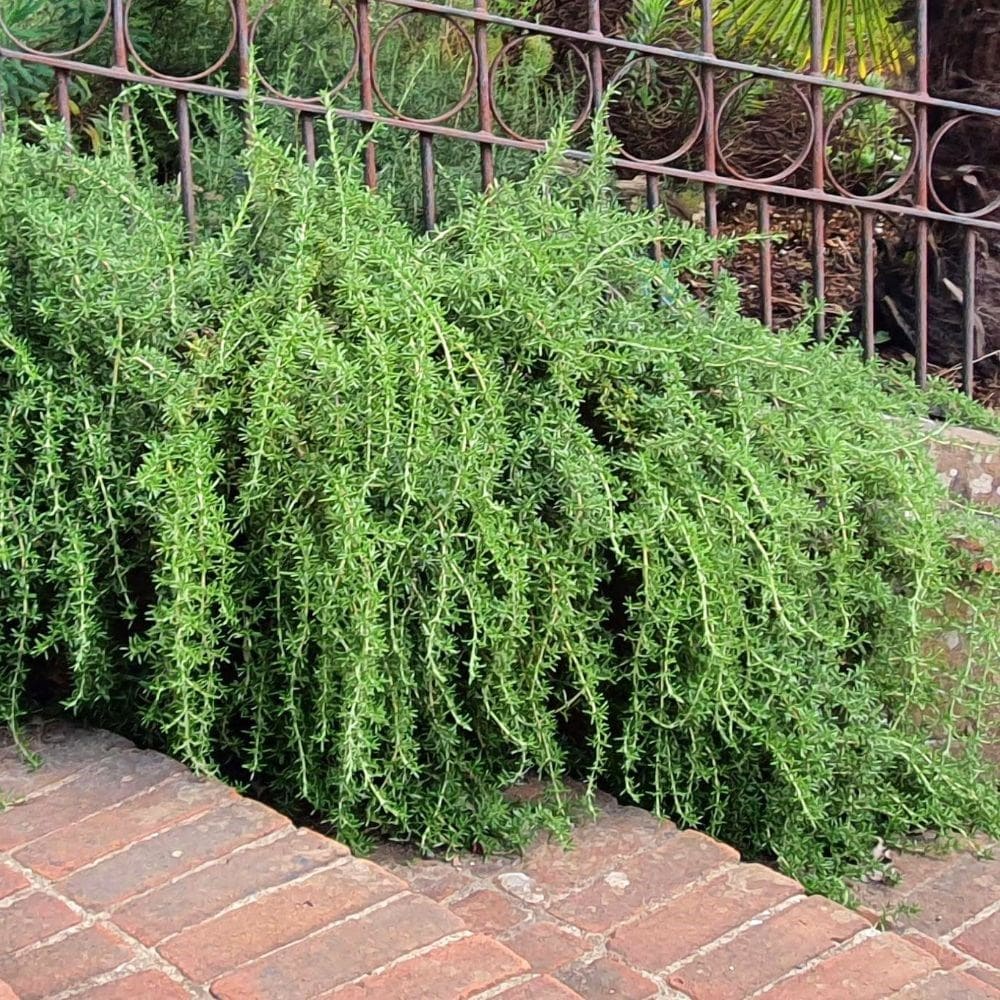
Buy rosemary ( syn. Salvia rosmarinus Prostratus Group ) Rosmarinus officinalis Prostratus Group
Prostrate Rosemary (Rosmarinus officinalis prostratus) is a great variety that can be grown as a small spreading shrub in zones 7-10 or as an annual in the lower hardiness zones.The low spreading habit makes it equally great for draping over a stone wall or as a "spiller" in a mixed container planting.
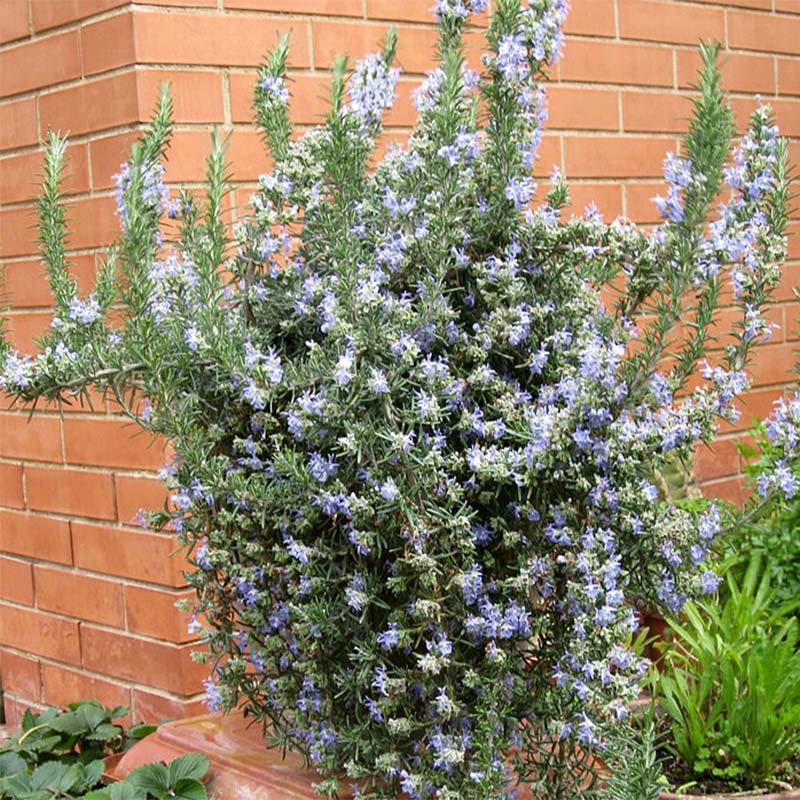
Romarin rampant Rosmarinus officinalis Prostratus, bon couvresol
Rosmarinus officinalis 'Prostratus' Rosemary 'Prostratus' is a prostrate or creeping form that creates a woody groundcover or a waterfall effect over an embankment. It is cold hardy and evergreen in the South and can be grown in the garden or in containers. Great for culinary purposes. Drought and heat tolerant once established.

Rosmarinus officinalis Prostratus Group Ballyrobert Gardens
Plant your creeping rosemary ( Rosmarinus officinalis 'Prostratus') in full sun to part shade in well draining soil, although it will do well in almost any type of soil so long as it is not allowed to become sodden.

Rosmarinus officinalis 'Prostratus'
Rosmarinus officinalis 'Prostratus' ross-mah-RYE-nus oh-fi-shi-NAH-lis Audio A hardy, fast-growing evergreen shrub, creeping rosemary has a prostrate habit and attractive flowers and fragrance. Dark green leaves, to 2 inches long, are rich in aromatic oils and are commonly used as a culinary herb.

Rosmarinus officinalis 'Prostratus Group' Rosemary Prostrate Buy Herb Plants
How To Propagate Rosmarinus Officinalis 'Prostratus'. Grow Prostrate Rosemary from cuttings about 2″ inches long. Use new, soft growth for the cuttings. Strip away the bottom inch of leaves, and dip the stem of the cutting into rooting hormone. Place it in a slightly damp, sterile seed-starting mixture.

Rosmarinus Prostratus. Shrubs for Sale UK . Letsgoplanting.co.uk
rosemary Prostrata Group Prostratus Group are compact evergreen shrubs of prostrate habit, with linear, aromatic leaves and blue flowers in small axillary clusters in spring and summer, occasionally in autumn Other common names rosemary Prostratus Group Synonyms Rosmarinus officinalis Prostratus Group Rosmarinus officinalis 'Corsica Prostratus'
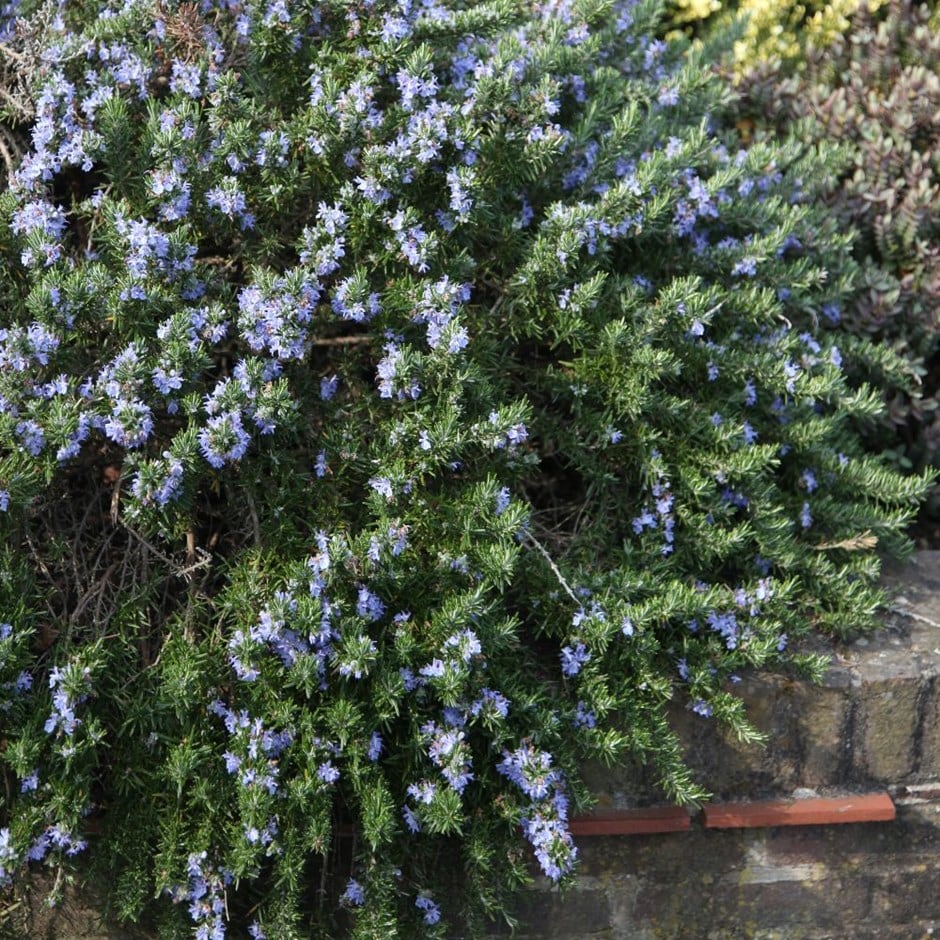
Buy rosemary ( syn. Salvia rosmarinus Prostratus Group ) Rosmarinus officinalis Prostratus Group
Mature Height & Spread: 2' x 4-8' Natural Growth Habit: Spreading Native To: Europe Exposure: Full Sun Water: Medium Water, Low Water Flower Color: Blue Bloom Time: Spring, Winter Special Features: Attracts Birds/Butterflies / Deer Resistant / Desert Conditions / Drought Resistant / Edible / Fragrant / Seacoast Conditions Container Sizes: #1, #5

Rosmarinus Officinalis Prostratus 150mm Pot Dawsons Garden World
This perennial evergreen shrub, hardy in Zones 8-10, can be grown as an annual in other climates. It grows quickly and can get very big. The best time to harvest your rosemary is in the morning, just after any dew has evaporated. You can snip stems throughout the growing season to use fresh, or cut a bunch to dry in the fall.